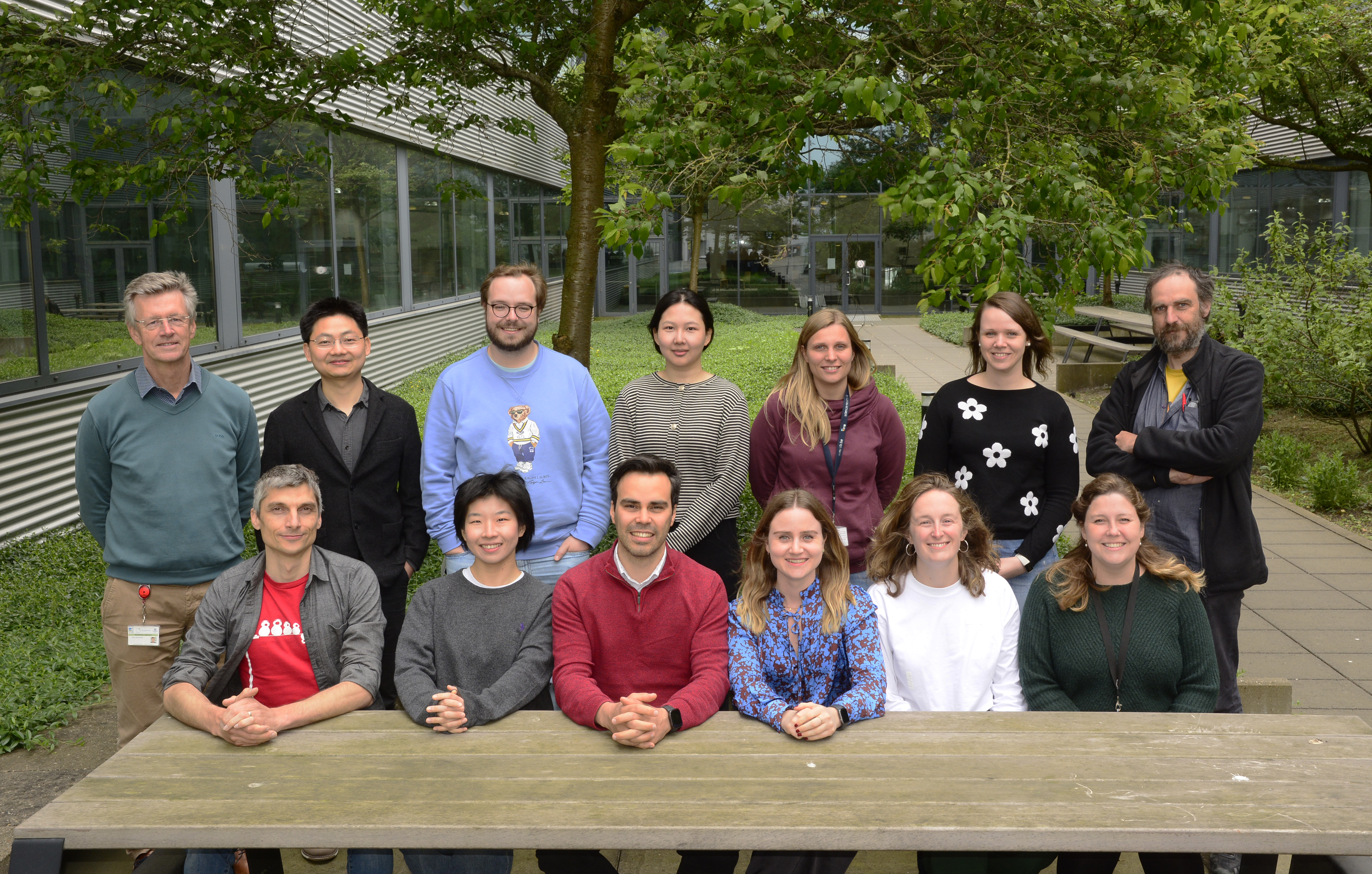Research in the Bio-energy and Bio-aromatics group aims at supporting the transition from a fossil-based to a bio-based economy.

Research in the Bio-energy and Bio-aromatics group aims at supporting the transition from a fossil-based to a bio-based economy.

The use of fossil fuels is a major contributor to climate change. In contrast, plant biomass can serve as a renewable and potentially carbon-neutral raw material for the production of bioenergy and a variety of other biobased products. The major long-term goal of the Bioenergy and Bio-aromatics group is to engineer plant cell wall composition for a more cost-effective conversion of plant biomass into pulp, fermentable sugars or aromatic building blocks, without adversely affecting plant yield. Because the cell wall polymer lignin plays a central role in these conversion processes, we focus on understanding the biosynthesis, polymerization and structure of lignin, and use this information to tailor plants with new properties. Field trials are established to investigate the new traits in a relevant environment.
We also study how lignin biosynthesis integrates into plant metabolism and development by investigating the potential bioactive properties of metabolites that are part of -or derived from- the lignin biosynthesis pathway. In addition to lignin and cell wall polysaccharides, plant biomass also contains thousands of molecules of which the structures, and hence their properties and economic relevance, have remained unknown for the simple reason that it is difficult to purify them for structural elucidation. We have a major activity in characterizing these metabolites alongside with their biosynthetic pathways and genes by integrating mass spectrometry, systems biology, Genome Wide Association Studies (GWAS) and reverse genetics. We use Arabidopsis, maize and poplar as model species.